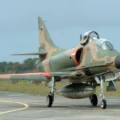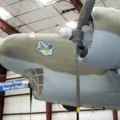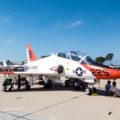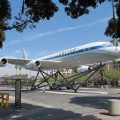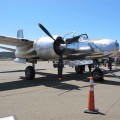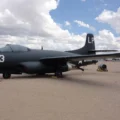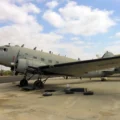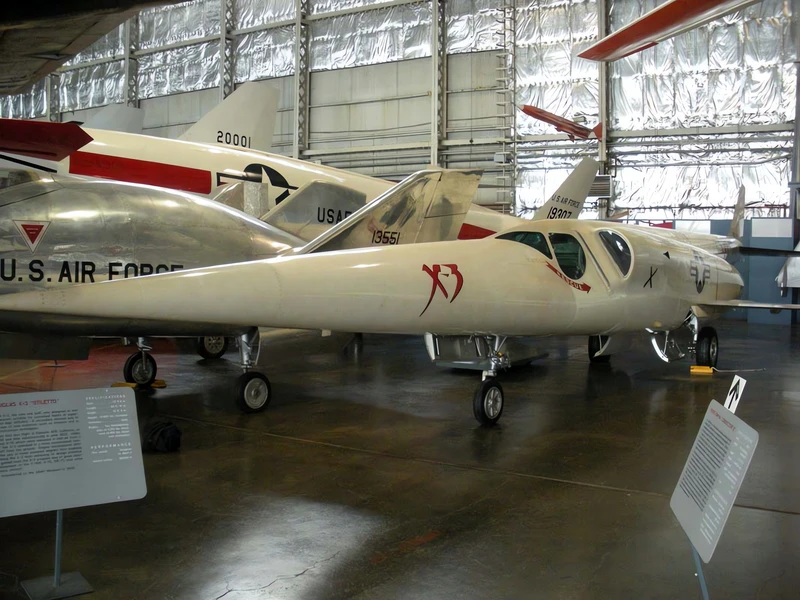
Douglas X-3 Stiletto | |
|---|---|
| Šalies | Jav |
| Vaidmenį | Eksperimentinės |
| Pirmasis skrydis | 1952 m. spalio 15 d. |
| Pastatytas | 1 |
2007 Douglas X-3 Stiletto buvo 1950-ųjų Jungtinių Valstijų eksperimentinis reaktyvinis lėktuvas su plonu fiuzeliažu ir ilga smailėjančia nosimi, pagamintas "Douglas Aircraft Company". Jo pagrindinė misija buvo ištirti orlaivio, tinkamo ilgalaikiam viršgarsiniam greičiui, dizaino ypatybes, įskaitant pirmąjį titano naudojimą pagrindiniuose orlaivių korpusų komponentuose. "Douglas" suprojektavo "X-3", siekdamas maksimalaus maždaug 2,000 m.p.h greičio, tačiau vis dėlto šiam tikslui jis buvo labai nepakankamas ir net negalėjo viršyti Macho 1 lygio skrydžio metu. Nors tyrimo lėktuvas buvo nusivylęs, "Lockheed" dizaineriai naudojo X-3 bandymų duomenis "Lockheed F-104 Starfighter", kuris naudojo panašų trapecijos formos sparno dizainą sėkmingame "Mach 2" naikintuve.
Šaltinis: Douglas X-3 Stiletto Vikipedijoje
| Douglas X-3 Stiletto Walk Around | |
|---|---|
| Photographers | Randy Ray, John Heck |
| Localisation | National Museum of the USAF |
| Photos | 64 |
| Douglas X-3 Walk Around | |
|---|---|
| Fotografas | Garfield Ingram |
| Lokalizavimo | Nežinoti |
| Nuotraukos | 35 |
Taip pat žiūrėkite:
| Douglas X-3 Stiletto Walk Around | |
|---|---|
| Photographer | Meindert de Vreeze |
| Localisation | National Museum of the USAF |
| Photos | 44 |
2007 Douglas X-3 Stiletto was an experimental jet aircraft designed to test the feasibility of a slender fuselage and a low-aspect ratio wing for supersonic flight. The X-3 was developed by the Douglas Aircraft Company in the late 1940s and early 1950s, and flew for the first time in October 1952. The X-3 had a distinctive appearance, with a long, needle-like nose, a thin, tapered wing, and two Westinghouse J34 turbojet engines mounted in pods under the wing. The X-3 was intended to reach speeds of over Mach 2, but it never achieved this goal due to the inadequate thrust of the engines and the high drag of the wing.
The X-3 did provide valuable data on the effects of high-speed flight on the stability and control of aircraft, as well as on the heating and structural problems caused by aerodynamic friction. The X-3 also influenced the design of later aircraft, such as the Lockheed F-104 Starfighter and the North American XB-70 Valkyrie. The X-3 was retired in 1956 after only 51 flights, and is now on display at the National Museum of the United States Air Force in Dayton, Ohio.
Peržiūrėta: 2912



